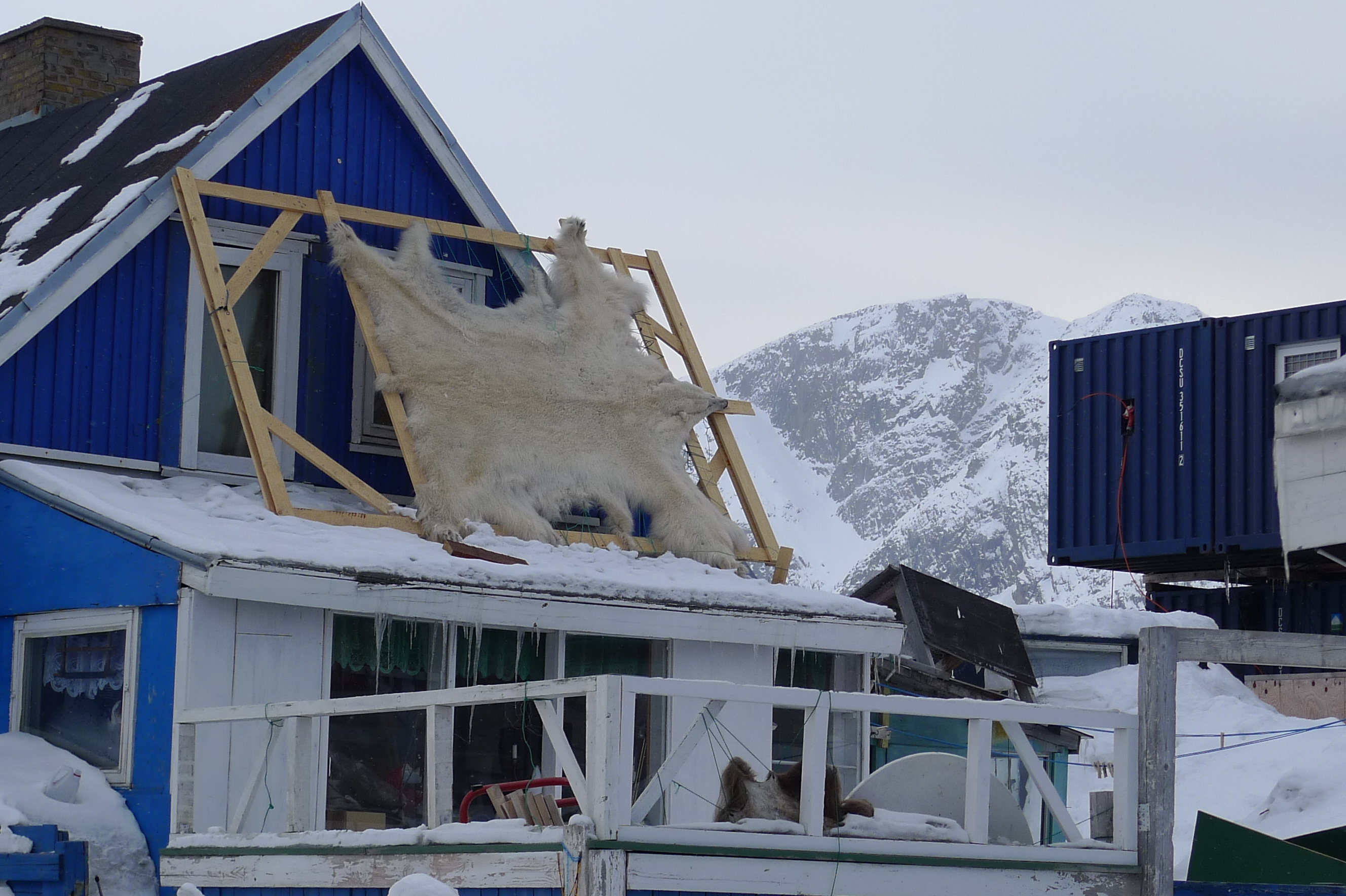Greenland raises quota for northwest polar bear hunt

Hunters in northwestern Greenland will be allowed to shoot more polar bears in 2018 after a population estimate published earlier this year found there were more bears than expected living in the waters between Greenland and Baffin Island.
The increase, to 92, or 16 more than this year, is the second since Greenlandic lawmakers enacted a polar bear quota in 2006 amid concern about the effects of declining sea ice. The previous increase came in 2010, when the number for all of Greenland rose to 140, where it has remained since.
Greenland’s Fishing and Hunting Ministry, which is responsible for setting hunting quotas based on scientific and traditional knowledge, based last week’s decision on the 2011-2014 population-estimate’s findings that there were 2,826 polar bears living in Baffin Bay and the Kane Basin.
The previous estimate, carried out between 1994 and 1997, suggested there was a population of 2,173 polar bears. But scientists now believe this number was too low because it used a method called predictive modeling, which is insufficient due to the difficulty of measuring the impact of environmental changes that are themselves predictions.
Given the unreliability of the figures, the international team of polar bear specialists that submitted the report to the Canada-Greenland Joint Commission on Polar Bear in mid-2016, warned that it was impossible to determine whether the new estimate showed the population was growing. Because of the uncertainty, the report made no recommendation for revised quotas in western Greenland or eastern Nunavut.
Conservation groups said the revised population-estimate supported the higher quota, but warned that other findings contained in the report — including that polar bears were getting thinner, having fewer cubs and foraging more — were all signs that the species faced decline in the region.
In the years leading up the quota being implemented, the number of polar bears taken in the waters and coasts of northwestern Greenland rose from 130 annually in the 1990s to 250 in 2005, according to figures from Pinngortitaleriffik, which monitors Greenland’s plant and wildlife.
The next population estimate in Baffin Bay will be carried out by 2032, Fernando Ugarte, a biologist with Pinngortitaleriffik, told KNR, a Greenlandic broadcaster. The specific date will depend on observed changes in polar bear habitats and on the availability of financing.